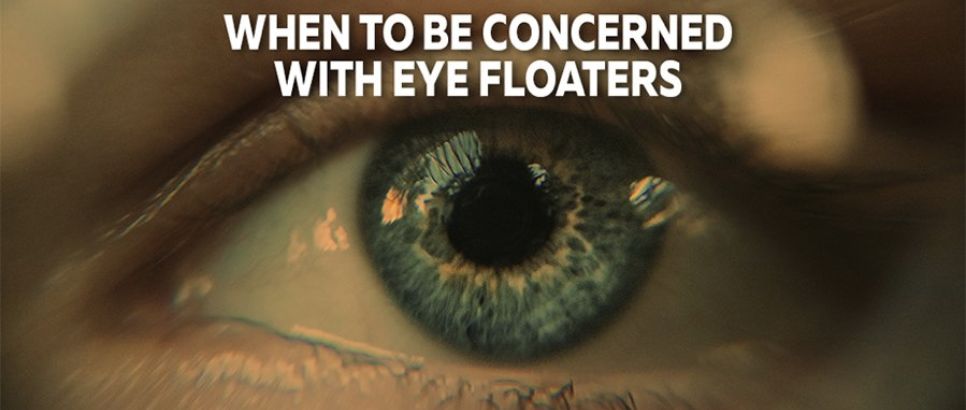
Eye Floaters: Causes, Symptoms, and Treatment
Introduction
Imagine gazing at a clear blue sky or reading a book, and suddenly, you notice tiny specks or cobweb-like shapes drifting across your field of vision. These visual disturbances are known as eye floaters and are a common occurrence for many people. In this article, we will delve into the causes, symptoms, and available treatments for eye floaters, shedding light on this often perplexing visual phenomenon.
Understanding Eye Floaters
Eye floaters are small, semi-transparent particles that appear to float within the vitreous humor, the gel-like substance that fills the eye's posterior chamber. They can take various shapes and sizes, such as dots, lines, cobwebs, or even clouds. These floaters cast shadows on the retina, leading to their perception as objects moving in your field of vision.
Causes of Eye Floaters
Eye floaters primarily result from age-related changes in the vitreous humor. The vitreous is a clear, gel-like substance that gradually liquefies and shrinks with age. As it liquefies, small collagen fibers within it clump together, casting shadows on the retina and causing floaters to become visible.


Aside from age-related changes, other causes of eye floaters may include:
Eye Inflammation: Infections or inflammatory conditions of the eye can lead to floaters.
Posterior Vitreous Detachment (PVD): PVD occurs when the vitreous humor separates from the retina. This separation can cause a sudden increase in the perception of floaters.
Retinal Tears or Detachments: Serious eye conditions like retinal tears or detachments may cause an onset of floaters accompanied by flashes of light.
Eye Injuries: Trauma to the eye can result in floaters due to the disruption of the vitreous humor.
Symptoms of Eye Floaters
The most common symptom of eye floaters is the perception of small, drifting specks or shapes in your vision. These floaters may appear more prominent when you look at a bright, evenly lit background, such as a clear sky or a white wall. In some cases, floaters may be accompanied by flashes of light, especially if they are caused by retinal issues.
While eye floaters are typically harmless and don't require immediate medical attention, sudden changes in their number or appearance, along with flashes of light or a curtain-like shadow across your vision, may indicate a more serious eye condition. In such cases, it is essential to seek prompt medical evaluation.


Treatment for Eye Floaters
In most cases, treatment for eye floaters is not necessary, as they tend to become less noticeable over time. However, if floaters significantly impair your vision or quality of life, or if they are caused by an underlying eye condition, several treatment options are available:
Vitrectomy: This surgical procedure involves removing the vitreous humor along with the floaters and replacing it with a clear solution.
Laser Therapy: Laser treatment can be used to break apart large, bothersome floaters, making them less noticeable.
Medication: In some cases, medication may be prescribed to alleviate inflammation or treat underlying eye conditions contributing to floaters.
Conclusion
Eye floaters, though often benign, can be a source of annoyance and concern. Understanding their causes, symptoms, and available treatments is essential for maintaining eye health and peace of mind. If you experience sudden changes in your floaters, flashes of light, or any other unusual visual symptoms, consult with an eye care specialist promptly to rule out any serious underlying conditions and explore suitable treatment options.
You Might Also Like
Popular Posts
-
 Conjunctivitis Condi...
Conjunctivitis Condi...3 June 2023
-
 Glaucoma: Silent Thi...
Glaucoma: Silent Thi...26 Mar 2023
-
 Cataracts: Your eye....
Cataracts: Your eye....17 Jan 2023
About Us
The Eye Clinic brings all the modern equipment & experienced doctors providing high-quality eye care affordably.

